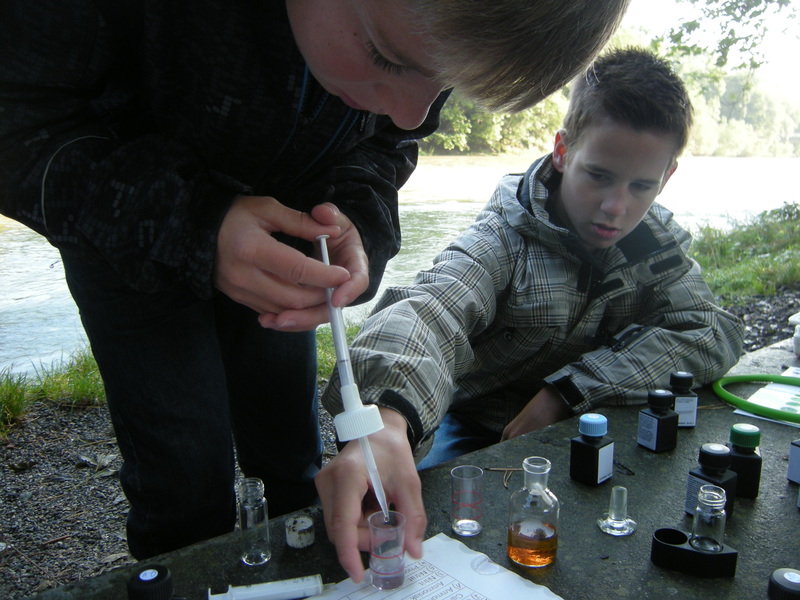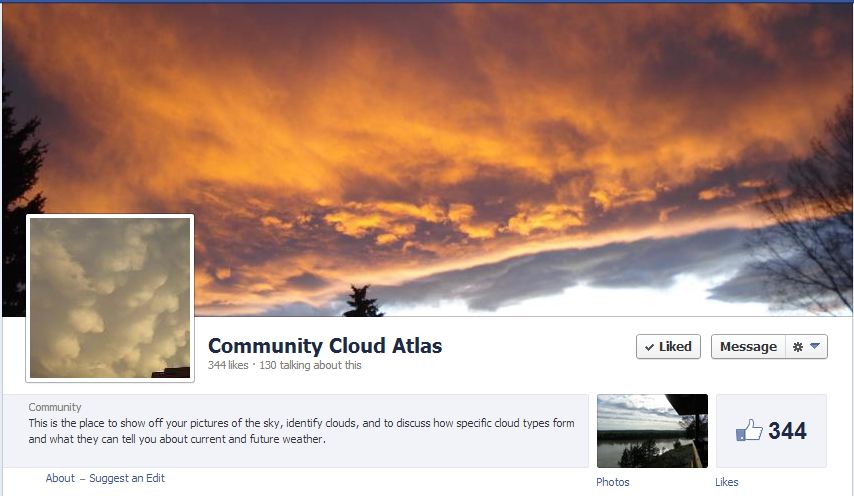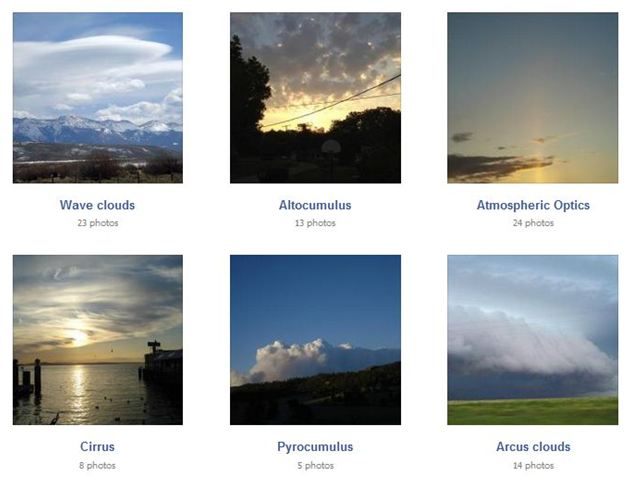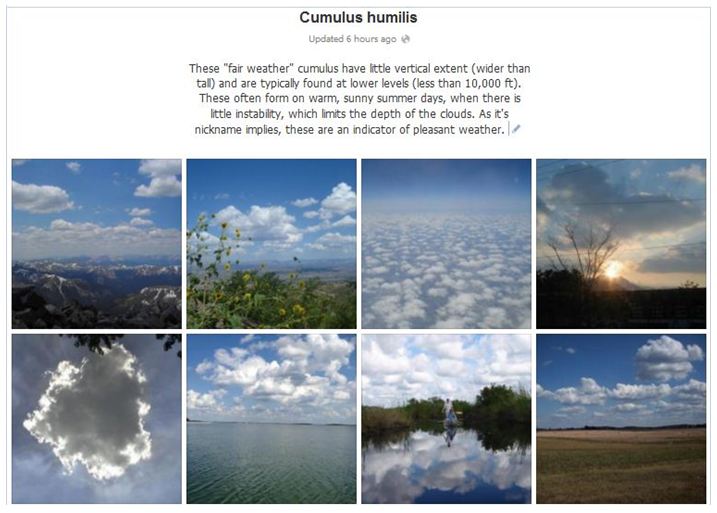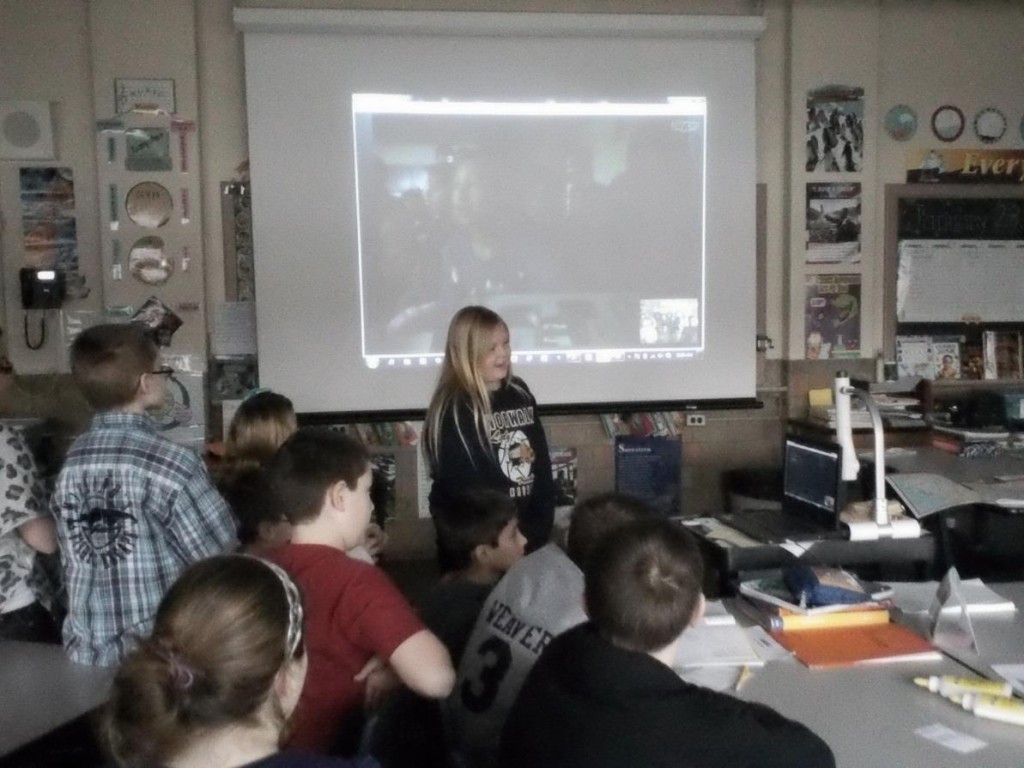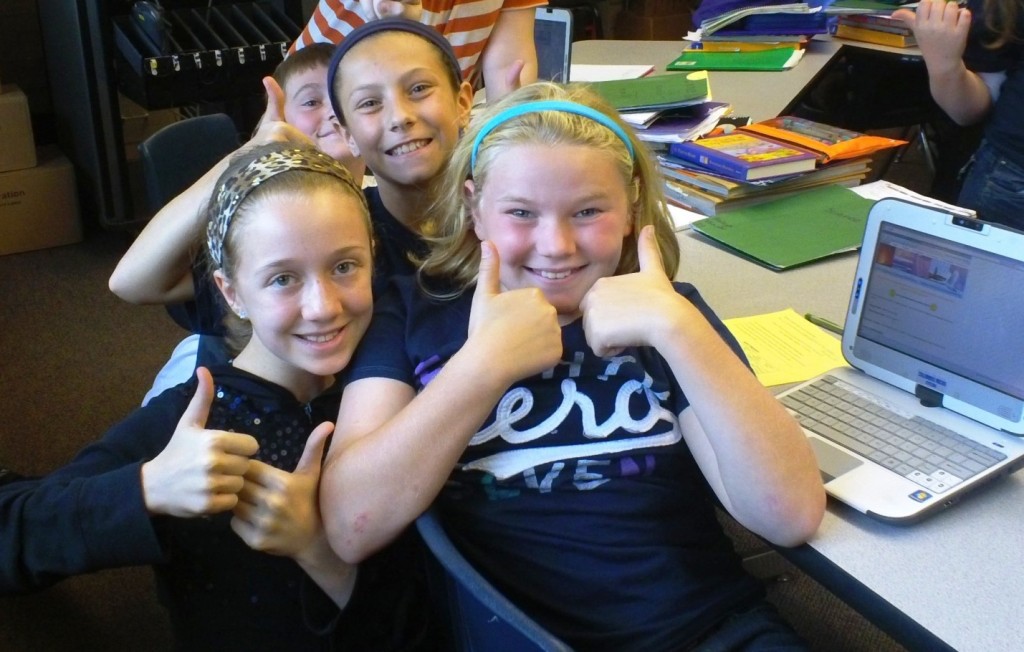This week’s post is a continuation from last week, where our guest blogger, Vera Gekov, explored GLOBE and connected it to environmental stewardship.
As part of my Master’s Applied Research Project, I collected stories as richly diverse as the international GLOBE community itself from the question: “What does stewardship mean to you?” Answers ranged from “ taking care of Earth and its natural resources for the benefit of all creatures,” to “managing environmental resources,” and “developing a global consciousness and responsible behavior towards nature.”
What impressed me about the GLOBE community is how, teachers and students are inspired to act in their local or global community through the implementation of inquiry-based investigations. Learning about science by doing science led to small, yet powerful acts:
- My students and I clean the waterways in the nearby park in the spring.
- We pick up trash at the beach.
- My youngest has a passion for picking up cigarette butts because he is really afraid of the impact it will have on animals.
- We make smarter choices when buying items at the store, items that can be recycled or buy from local vendors rather than big corporations that might not use the “best practices.”
- We are trying to reduce our carbon footprint – this includes becoming more educated on how to do this.
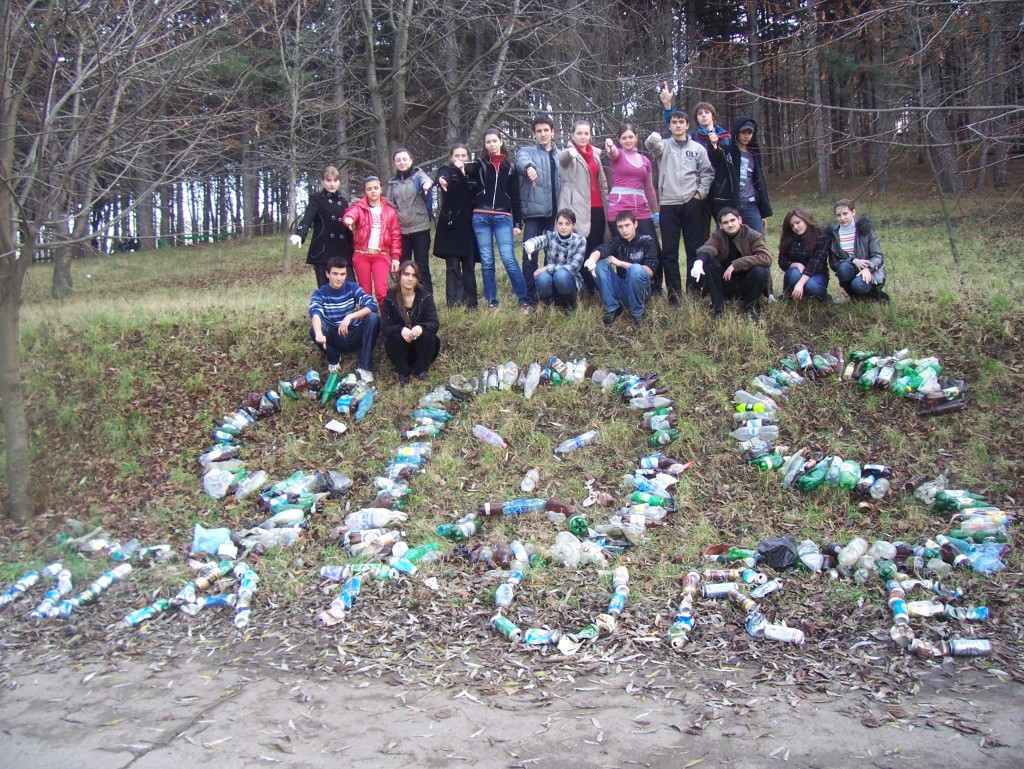
Students from Moldova, Estonia show how much trash they picked up from the side of the road. Photo courtesy of Ketlin Piir.
I am honored to have been able to connect with GLOBE community members around the world to hear these stories. But evidence of GLOBE students dedicated to stewardship is easy to find – just watch the Earth Day competition videos!
In one video, students collected water samples from the creek and tested the pH, nitrate level, and conductivity in hopes that they might be able to use the data to let the city and county officials know what is happening to the quality of their creek. Another school observed that the pH has been consistently dropping in a nearby river through fourteen years of hydrology data collection. By working with NASA, these students were able to determine that the probable cause was due to acid rain from a nearby polluted valley. When they discovered this, the students became very active in spreading environmental awareness in their school. In a third video, GLOBE students used several water and soil protocols to examine soil and water quality for local farmers and then followed up by sending private letters to the farmers.
My Applied Leadership Project, which had me observe GLOBE and design a project that directly benefits the organization, has shown me how GLOBE is helping to enrich the lives of many students around the world and how they can protect Earth by doing science. I found that through the investigations, they experienced a more intimate connection with the natural world. As GLOBE evolves and expands, it will continue to spread environmental awareness to millions of additional students, scientists, and teachers around the world. I believe that GLOBE is a vital component of maintaining a viable and resilient planet for future generations.
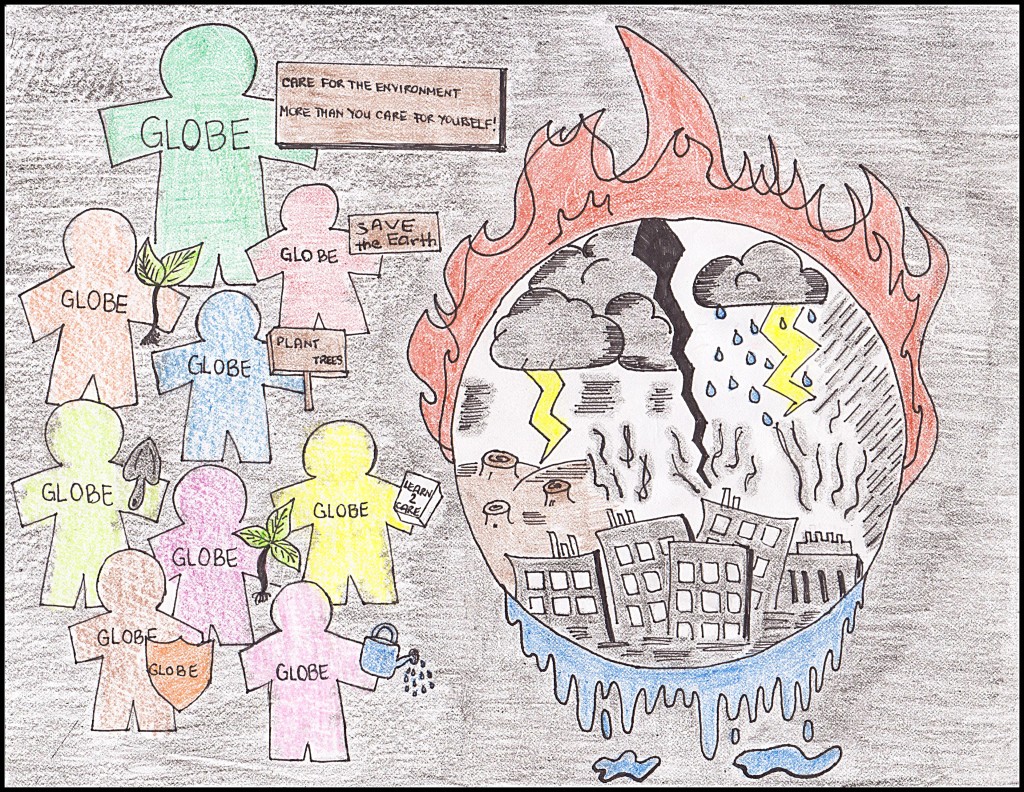
An illustration of how GLOBE is used to understand local climate. Drawing was submitted to the 2013 Calendar Competition
Suggested activity: Tell us how you’ve become environmentally aware through your participation in GLOBE. Leave us a comment, send us an email or tell us about it on our Facebook Page.

